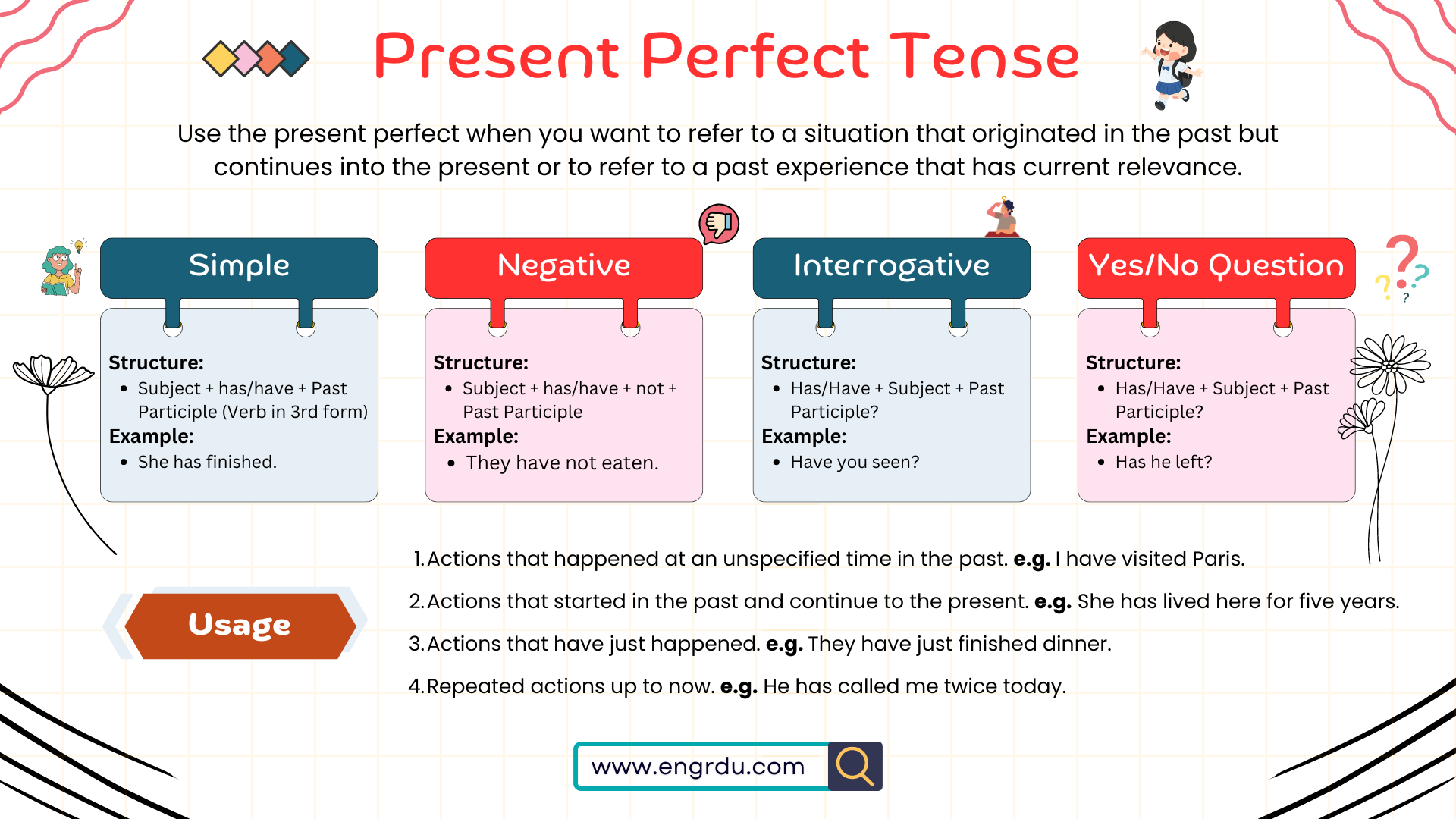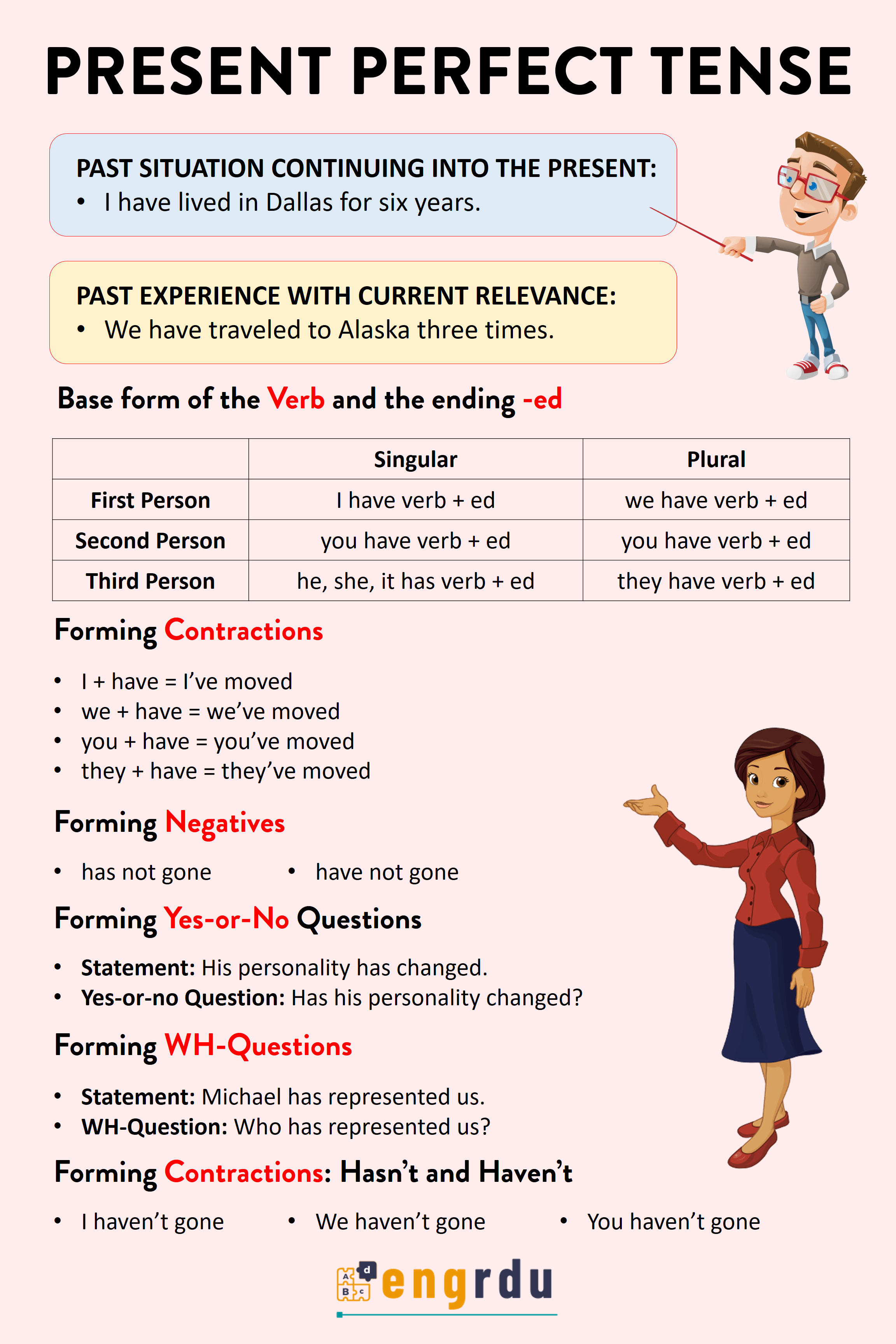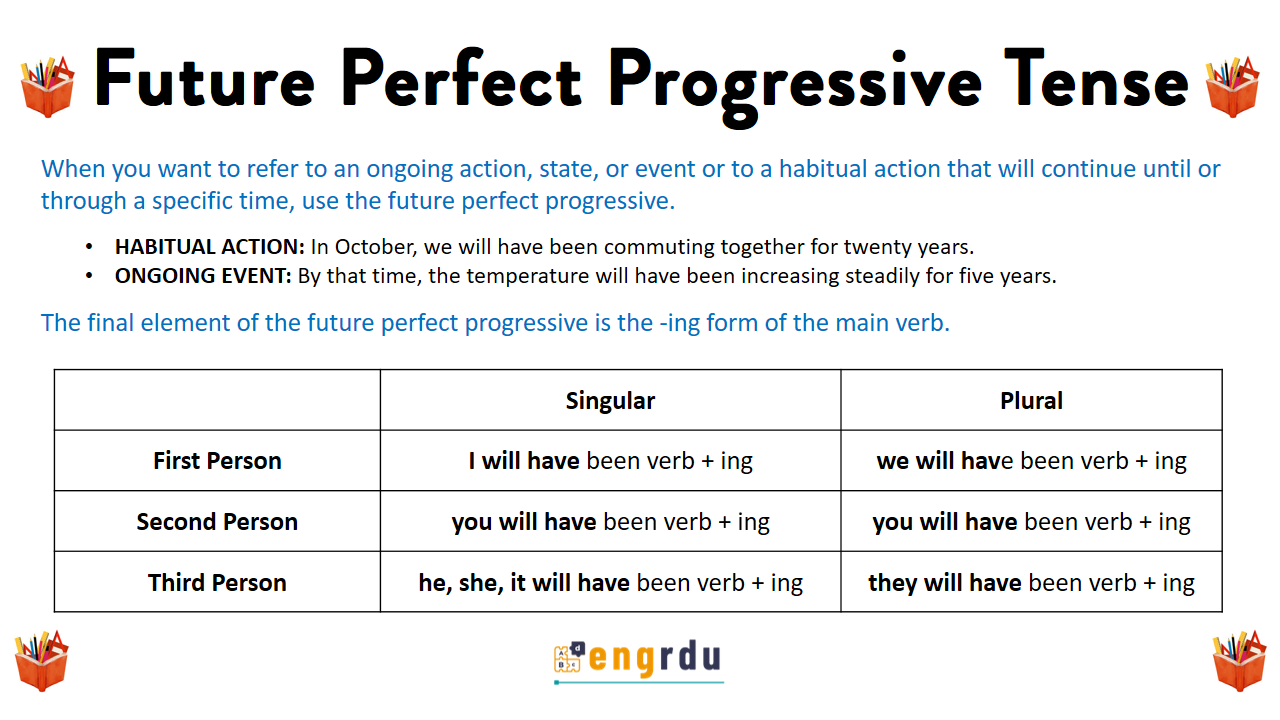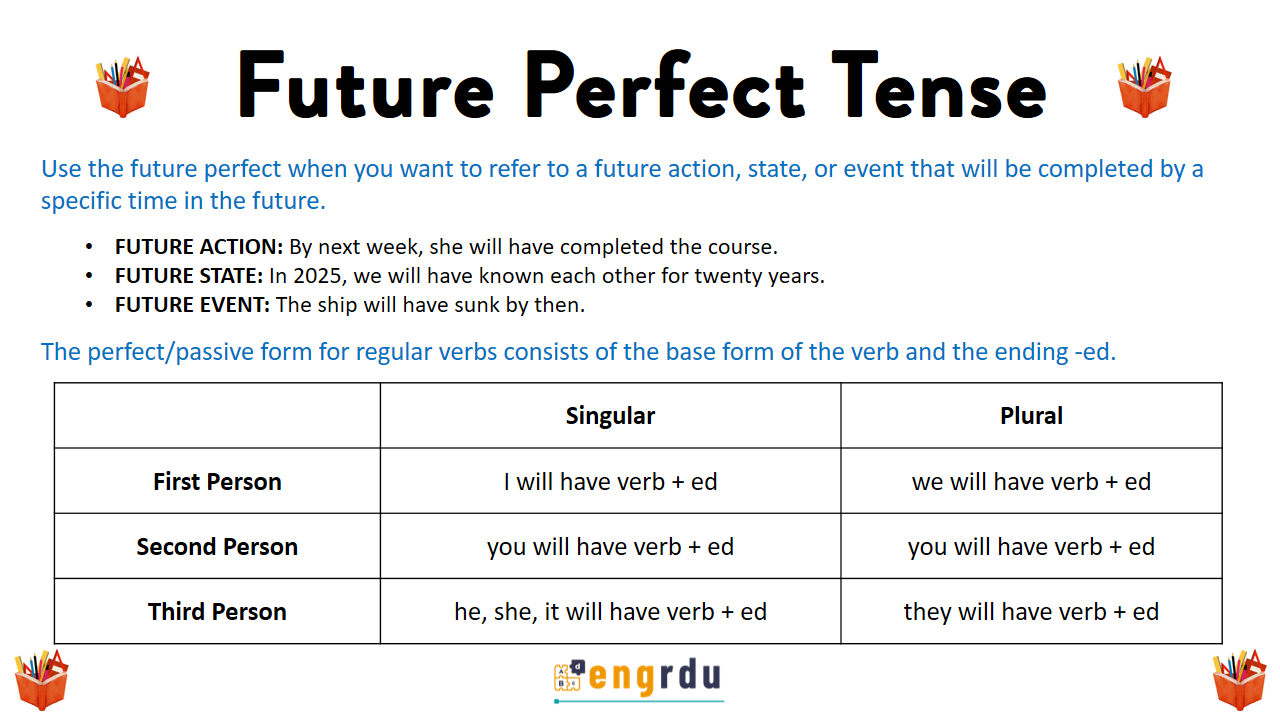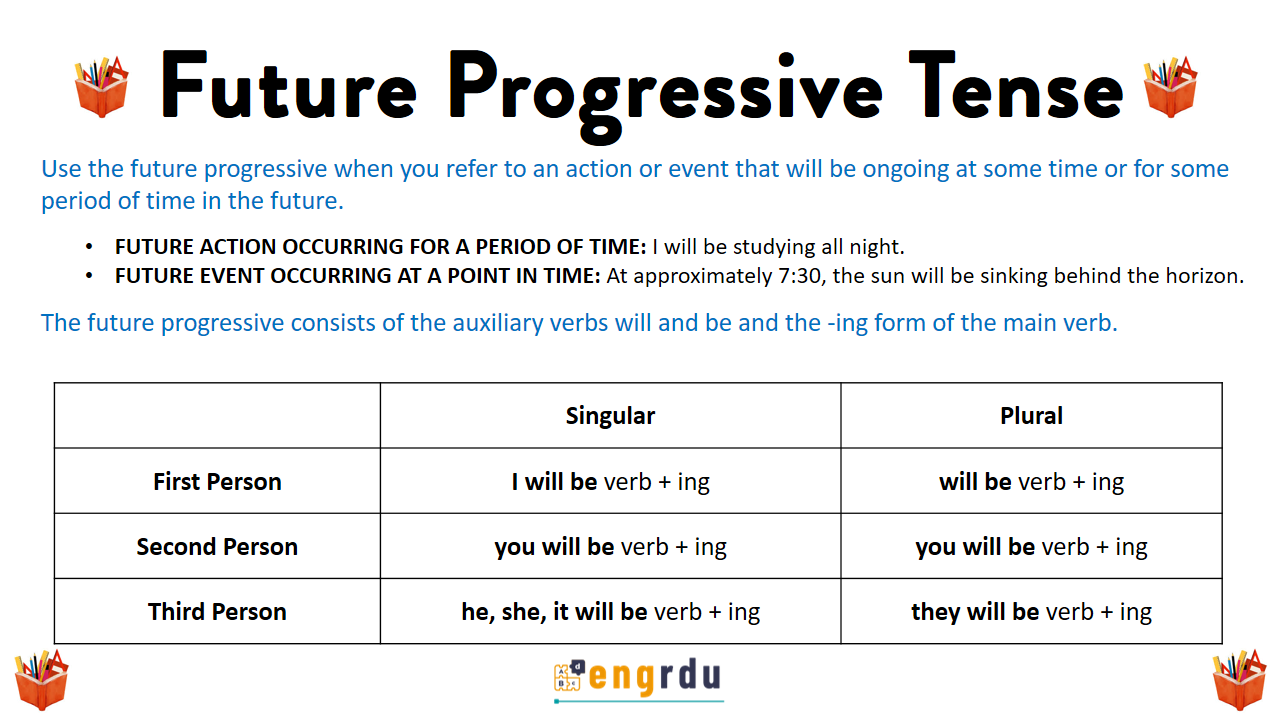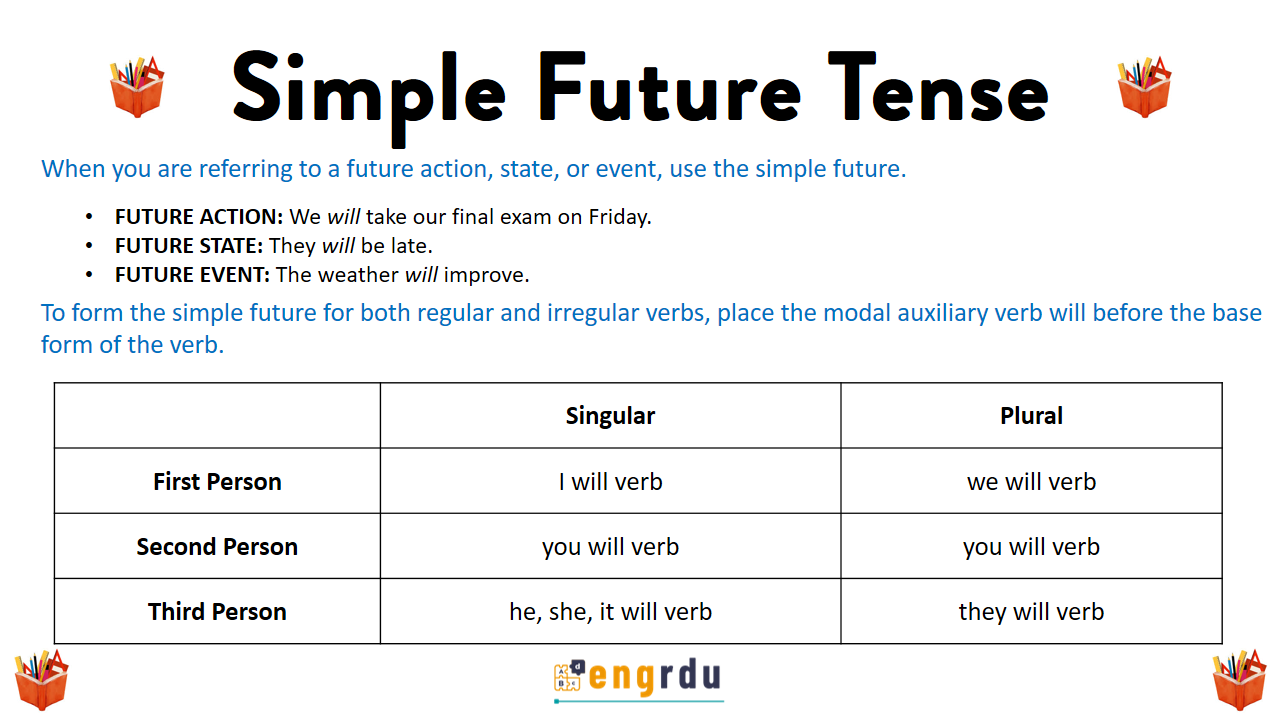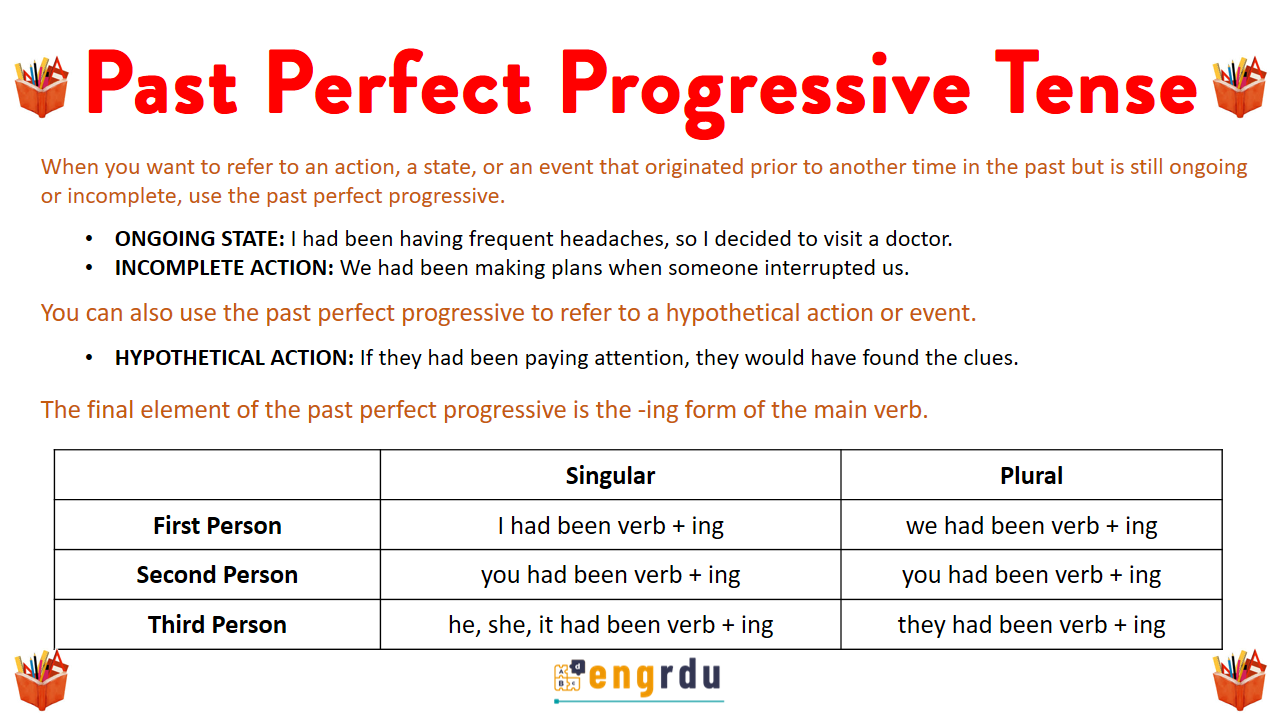In this blog post, you will learn everything about the present perfect tense, including its definition, rules, usage, and formulas. Through clear examples and practice exercises, you will understand how to use the present perfect tense effectively in your speech and writing. Mastering this tense is essential for expressing completed actions or experiences.
Present Perfect Tense in English
Use the present perfect when you want to refer to a situation that originated in the past but continues into the present or to refer to a past experience that has current relevance.
- Past Situation Continuing into the Present: I have lived in Dallas for six years.
- Past Experience with Current Relevance: We have traveled to Alaska three times.
For an experience to be relevant, it is usually related to a possible future experience. In the example “We have traveled to Alaska three times,” the speaker may be considering another trip. The present perfect is often used in job interviews when an employer asks a prospective employee about his or her experience: “Have you ever driven a large vehicle?” “Have you ever used a cash register?”
The present perfect consists of the auxiliary verb have and the perfect/passive form of the main verb. The auxiliary verb is marked for tense. The perfect/passive verb form is used to indicate either the perfect aspect or the passive voice. The perfect/passive form of a regular verb consists of the base form of the verb and the ending -ed.
| Singular | Plural | |
| First Person | I have verb + ed | we have verb + ed |
| Second Person | you have verb + ed | you have verb + ed |
| Third Person | he, she, it has verb + ed | they have verb + ed |
When a one-syllable word or a word with a stressed final syllable ends in a single consonant sound, double the last letter before adding -ed.
- One-syllable word: pet ➞ petted
- Word ending in a stressed syllable: admit ➞ admitted
- BUT sew ➞ sewed [This word ends in a vowel sound.]
The perfect and passive forms of irregular verbs can be found in the appendix. The following are common irregular verb patterns:
• Pattern 1: The final d becomes a t.
| build | built |
| lend | lent |
| spend | spent |
• Pattern 2: A -d or -t suffix is added. The vowel changes.
| feel /fil/ | felt /fElt/ |
| keep /kip/ | kept /kEpt/ |
| sell /sEl/ | sold /sold/ |
• Pattern 3: An -n or -en suffix is added.
| eat | eaten |
| fall | fallen |
| know | known |
• Sometimes the vowel changes:
| speak /spik/ | poken /spokEn/ |
| wear /wEr/ | worn /worn/ |
• Pattern 4: Just the vowel changes.
| hold /hold/ | held /hEld/ |
| meet /mit/ | met /mEt/ |
| sit /sɪt/ | sat /sAt/ |
• Pattern 5: The base form and perfect/passive form are the same.
| put | put |
| hit | hit |
| cut | cut |
Forming Contractions in Present Perfect Tense
Contractions are often formed by combining a pronoun and an auxiliary verb. You will often hear these contractions in conversation or see them in informal writing, but you will rarely find them used in formal contexts.
Notice that an apostrophe indicates the omission of the letters h and a:
- I + have = I’ve moved
- we + have = we’ve moved
- you + have = you’ve moved
- they + have = they’ve moved
- he + has = he’s moved
- she + has = she’s moved
- it + is = it’s moved
Forming Negatives in Present Perfect Tense
To make a present perfect verb negative, place it after the auxiliary verb.
Structure:
- Has/Have + Subject + Past Participle?
Examples:
- Have you seen?
Forming Contractions: Hasn’t and Haven’t
The following contractions can be used in conversation and informal writing:
- I haven’t gone
- We haven’t gone
- You haven’t gone
- They haven’t gone
- He hasn’t gone
- She hasn’t gone
- It hasn’t gone
Forming yes-or-no Questions in Present Perfect Tense
To form yes-or-no questions, begin the question with the auxiliary verb have. After the auxiliary verb, place the subject and the perfect/passive form of the main verb.
Structure:
- Has/Have + Subject + Past Participle?
Example:
- Has he left?
Statement:
- His personality has changed.
Yes/no question:
- Has his personality changed?
Forming Wh-Questions in Present Perfect Tense
In wh-questions, when the question word is the subject of the sentence, the form of the question is similar to the form of a statement.
Statement:
- Michael has represented us.
Wh-question:
- Who has represented us?
When the question word is any other part of the sentence, the auxiliary verb comes after the question word and is followed by the subject and the perfect/passive form of the main verb.
Structure:
- Has/Have + Subject + Past Participle?
Example:
- Has he left?
Statement:
- They have collected old cars.
Wh-question:
- What have they collected?
Statement:
- You have moved three times.
Wh-question:
- How many times have you moved?
Present Perfect Exercises
Complete each sentence with the present perfect form of the verb in parentheses.
1. Pat and Tom ————— (build) two houses this summer.
2. I ————— (eat) already.
3. His parents ————— (lend) him some money.
4. We ————— (speak) to the director about our concerns.
5. The company’s stock ————— (fall).
6. You ————— (know) me for a long time.
7. They ————— (sell) their house.
8. It ————— (rain) every day for a week.
9. I ————— (keep) your secret.
10. He ————— (spend) too much money this month.
11. The bride and groom ————— (cut) the wedding cake.
Use the pronoun and verb given to create a sentence that contains a contraction.
EXAMPLE:
- I, ask
- I’ve asked too many questions.
1. He, rent
————— an apartment for the summer.
2. It, work
————— until now.
3. We, be
————— friends for a long time.
4. They, lose
————— another game.
5. She, wait
————— a long time.
6. You, reach
————— your goal.
7. I, apply
————— for a new job.
8. We, develop
————— some new software.
9. She, ignore
————— our advice.
10. He, find
————— his keys.
11. They, go
————— home.
12. I, forget
————— my books.
Present Tenses

